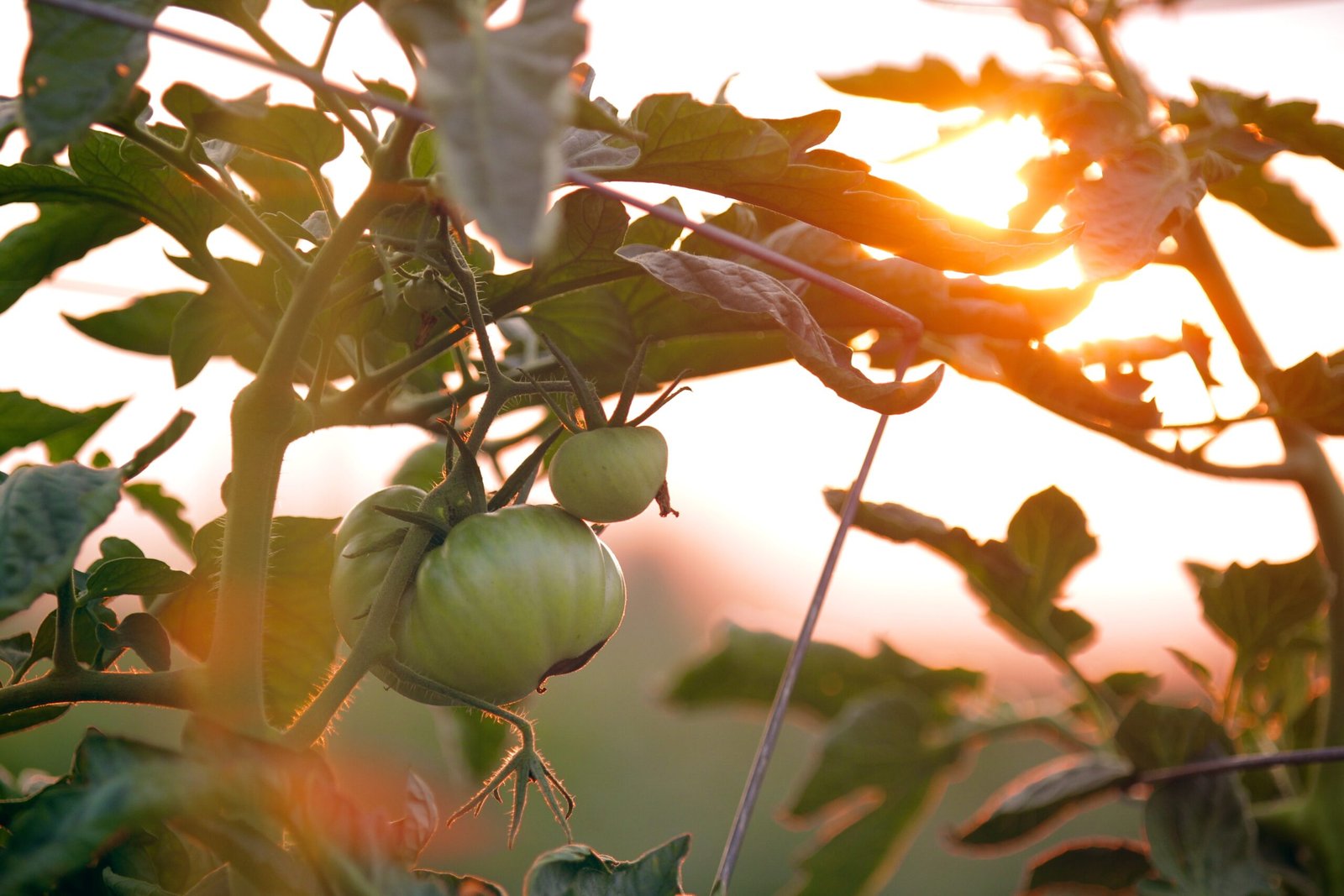So you’re curious about the oxalate content in various vegetables? Look no further! In this article, we’ll be providing you with an informative oxalate in vegetables chart that will help you make more informed choices about your diet. Whether you’re dealing with kidney stones, maintaining a low oxalate diet, or just interested in understanding the oxalate levels in common vegetables, this chart will be your go-to resource. Stay tuned to discover the surprising oxalate content in your favorite veggies and learn how to strike a balance between nutrition and oxalate intake.

This image is property of images.unsplash.com.
What is Oxalate?
Definition
Oxalate is a naturally occurring compound found in various plant foods, including vegetables. It is formed within plants as part of their metabolic processes and serves a variety of functions. Oxalate is primarily stored as small crystals called calcium oxalate, which can form kidney stones in some individuals when consumed in excess.
Role in the body
While oxalate is not considered essential for human health, it plays a role in various physiological processes. In plants, oxalate functions as a defense mechanism against herbivores and pathogens. In the human body, oxalate can bind to calcium and form crystals, which can be excreted through urine. However, high levels of oxalate can increase the risk of kidney stone formation, making it important to monitor intake levels closely.
Importance of Monitoring Oxalate Intake
Health implications
Monitoring oxalate intake is crucial due to its potential health implications. High levels of oxalate in the body can contribute to the formation of kidney stones, which can be extremely painful and require medical intervention. By being aware of the oxalate content in the foods we eat, we can make informed choices and reduce the risk of developing kidney stones.
Risk factors
Certain individuals may be more susceptible to the negative effects of high oxalate intake. People who have had kidney stones in the past, those with underlying medical conditions such as hyperoxaluria or inflammatory bowel disease, and those following specific diets like the ketogenic diet may need to pay extra attention to their oxalate intake. Additionally, inadequate fluid intake and certain medications can increase the risk of kidney stone formation, highlighting the need for monitoring oxalate consumption.

This image is property of images.unsplash.com.
Vegetables with High Oxalate Levels
Spinach
Spinach is a nutrient-rich leafy green vegetable that boasts numerous health benefits. However, it is also known for its high oxalate content. Eating spinach in moderation is generally safe for most individuals, but those with a history of kidney stones or specific medical conditions may need to limit their intake.
Beets
Beets are known for their vibrant color and earthy flavor. While they offer various health benefits, they are also considered high in oxalate. Incorporating beets into your diet can still be a part of a healthy lifestyle, but individuals prone to kidney stones may want to consume them in moderation.
Rhubarb
Rhubarb is a unique and tangy vegetable often used in desserts and savory dishes. However, it is important to note that rhubarb leaves are toxic due to their high oxalate content. The stalks of rhubarb are safe for consumption in moderate amounts, but caution should be exercised, especially for those at risk of kidney stones.
Swiss chard
Swiss chard is a leafy green vegetable that is rich in vitamins and minerals. However, like other leafy greens, it contains oxalates. If you enjoy Swiss chard, it is best to balance your consumption with other low-oxalate vegetables to minimize the overall oxalate load.
Parsley
Parsley is a popular herb used to add flavor and garnish dishes. While it adds a touch of freshness to your meals, be aware that it contains moderate to high levels of oxalate. If you have a history of kidney stones, it may be prudent to limit your parsley intake.
Vegetables with Moderate Oxalate Levels
Broccoli
Broccoli is a versatile and nutritious vegetable that belongs to the cruciferous family. It contains a moderate amount of oxalate, making it a suitable choice for individuals looking to maintain a balanced diet while managing their oxalate intake. Enjoy broccoli steamed, roasted, or in stir-fries for a healthy and delicious addition to your meals.
Brussels sprouts
Brussels sprouts are small, cabbage-like vegetables that pack a nutritional punch. They offer moderate levels of oxalate, making them a suitable choice for most individuals. Including Brussels sprouts in your diet can contribute to a well-rounded and nutritious meal plan.
Cabbage
Cabbage is a versatile vegetable that can be enjoyed raw, cooked, or fermented. It contains moderate levels of oxalate, making it a good choice for individuals who want to incorporate nutrient-dense foods while keeping an eye on their oxalate intake. Whether used in salads, stir-fries, or soups, cabbage is a valuable addition to a balanced diet.
Cauliflower
Cauliflower has gained popularity as a low-carb alternative to starchy vegetables. It offers a variety of health benefits and contains a moderate level of oxalate. Incorporating cauliflower into your meals can not only add flavor and texture but also contribute to a well-balanced diet.

This image is property of images.unsplash.com.
Vegetables with Low Oxalate Levels
Lettuce
Lettuce is a staple in salads, sandwiches, and wraps. It is a low-oxalate vegetable, making it a safe option for individuals concerned about their oxalate intake. Enjoy a variety of lettuce types, such as romaine, iceberg, or butterhead, to add freshness and crispiness to your meals.
Celery
Celery is a crunchy and hydrating vegetable that is low in oxalate. It is a perfect addition to snacks, salads, or as a base in soups and stews. Including celery in your diet can provide a refreshing and low-oxalate option while maintaining a healthy and balanced lifestyle.
Cucumber
Cucumbers are cool and refreshing vegetables that contain low levels of oxalate. They are a popular choice for salads, pickles, and refreshing beverages. Incorporating cucumbers into your meals can help keep your overall oxalate intake at a moderate level.
Tomatoes
Tomatoes are widely used in various culinary preparations, adding a burst of color and flavor. The good news is that tomatoes have low levels of oxalate, making them a great choice for individuals who want to enjoy their dishes while managing their oxalate intake. From salads to sauces, tomatoes can be your go-to low-oxalate vegetable.
Factors Affecting Oxalate Levels
Growing conditions
The oxalate levels in vegetables can be influenced by factors such as climate, soil conditions, and farming practices. Different growing conditions can result in variations in oxalate content, even within the same vegetable. Therefore, it’s important to note that oxalate levels may vary based on these factors.
Cooking methods
The way vegetables are prepared and cooked can also impact their oxalate content. Boiling or steaming vegetables can reduce their oxalate levels, as some oxalate is released into the cooking water. However, it’s important to remember that excessive cooking can lead to nutrient loss, so finding a balance between minimizing oxalate and retaining nutrients is key.
Tips for Reducing Oxalate Intake
Combining high-oxalate vegetables with calcium-rich foods
Consuming high-oxalate vegetables alongside calcium-rich foods can help reduce the absorption of oxalate in the body. The calcium binds to oxalate in the digestive system, preventing it from being absorbed into the bloodstream. Pairing high-oxalate vegetables with dairy products, such as yogurt or cheese, or other calcium-rich foods can help mitigate the impact of oxalate.
Boiling vegetables
Boiling vegetables can help reduce their oxalate content, especially if the cooking water is discarded. This method can be particularly effective for high-oxalate vegetables. However, keep in mind that overcooking vegetables can lead to nutrient loss, so it’s best to cook them until they are tender but still maintain their texture.
Drinking plenty of water
Staying well-hydrated is crucial for individuals concerned about their oxalate intake. Drinking an adequate amount of water throughout the day helps dilute the oxalates in the body, preventing them from accumulating and forming crystals. Aim to drink at least 8 cups (64 ounces) of water daily, or more if recommended by your healthcare provider.
Precautions for Individuals with Kidney Stones
Limiting oxalate-rich vegetables
Individuals who have a history of kidney stones or are prone to developing them may need to limit their intake of high-oxalate vegetables. It’s important to work with a healthcare professional or registered dietitian to determine an appropriate amount of oxalate to consume based on your specific needs and medical history.
Consulting a healthcare professional
If you have concerns about the impact of oxalate on your health, it’s always wise to consult a healthcare professional. They can provide personalized advice tailored to your individual circumstances and help you make informed decisions about your diet and lifestyle choices.
Potential Health Benefits of Oxalate
Antioxidant properties
Oxalate, despite its risks, also possesses antioxidant properties. Antioxidants play a vital role in protecting your body against harmful free radicals, which can damage cells and contribute to various diseases. While it’s important to consider oxalate intake carefully, it’s worth noting that some level of oxalate consumption can contribute to your overall antioxidant intake.
Aid in gut health
Emerging research suggests that oxalate may have a role to play in gut health. It is thought to interact with the gut microbiota, contributing to a healthy balance of bacteria in the digestive system. However, more research is needed to fully understand the extent and mechanisms of oxalate’s impact on gut health.
Conclusion
Balancing vegetable consumption
When it comes to oxalate intake, finding a balance is key. Vegetables offer a host of essential nutrients, and excluding them from your diet solely based on their oxalate content may lead to nutritional deficiencies. Instead, focus on including a variety of low-to-moderate oxalate vegetables while being mindful of high-oxalate options.
Personalized dietary choices
Everyone’s dietary needs and health considerations vary, so it’s important to make choices that are specific to your individual circumstances. If you have concerns about oxalate intake, kidney stones, or any other health condition, it’s essential to work with a healthcare professional or registered dietitian who can provide personalized guidance and support on managing your dietary choices.

